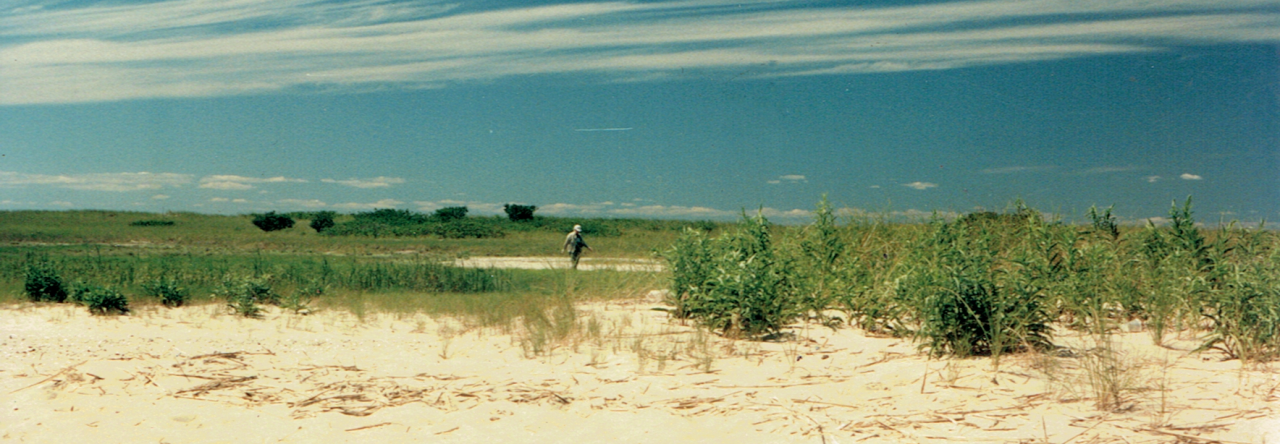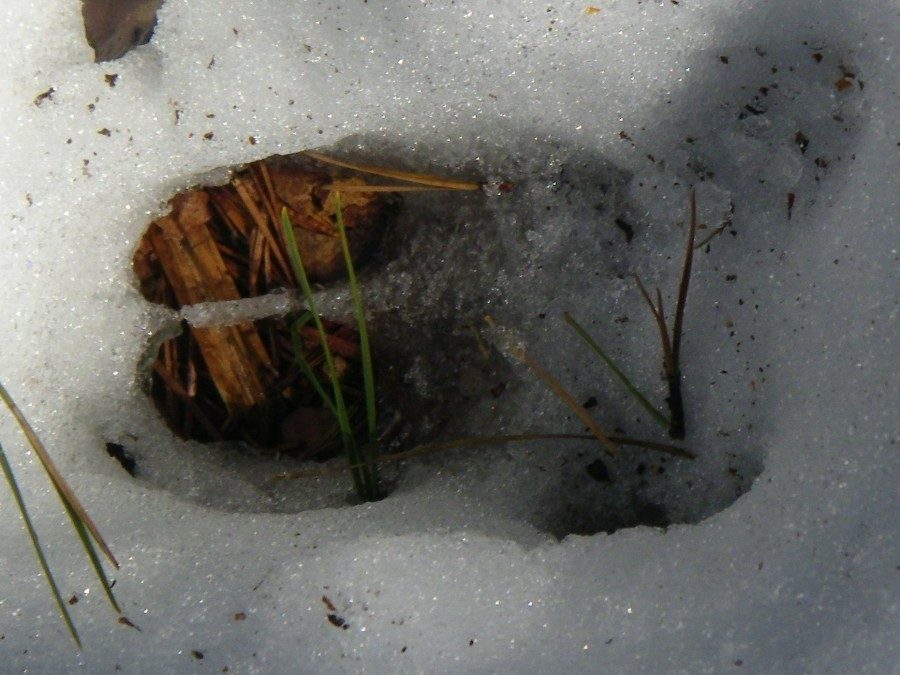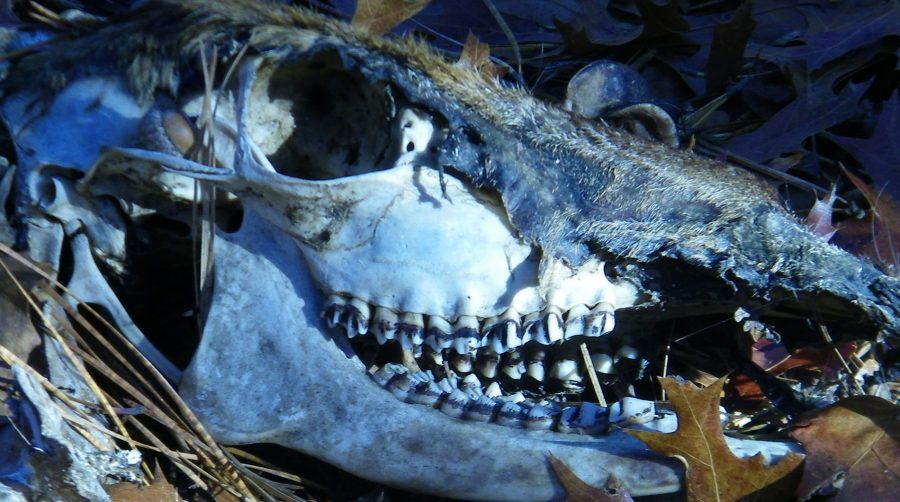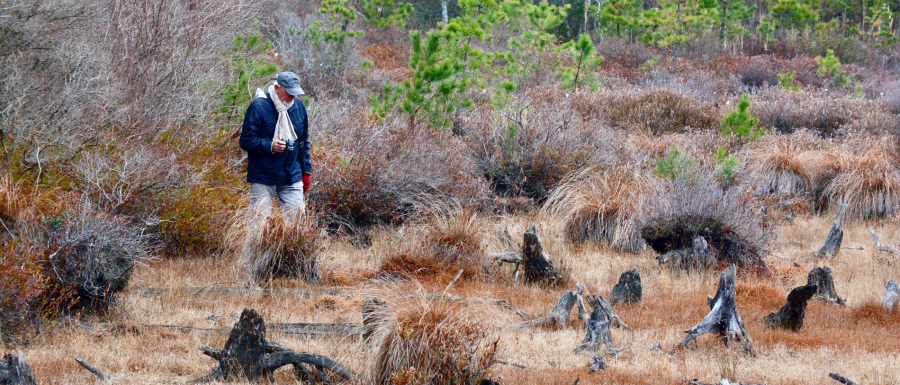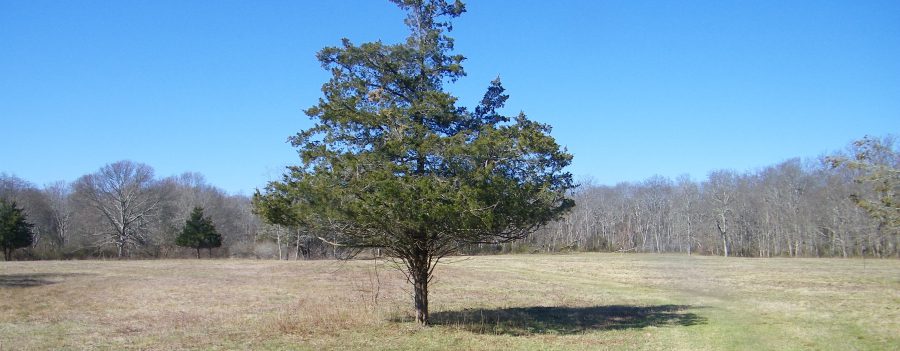To describe our most recent hike in Manorville Hills County Park, a single word will suffice. FRESH. Moments after we exited the parking lot and headed toward Trail #5.
Early June, no one in the park but Mark and me. Along with sunshine, we entered the renewal of this Pine Barrens Forest. Fresh new ferns, grasses , mosses, blueberry shrubs, and the oaks. Gypsy moths were at work. There was evidence on the trails. I found pieces of partially chewed leaves, as well as caterpillars because leaves are fresh and tender.
